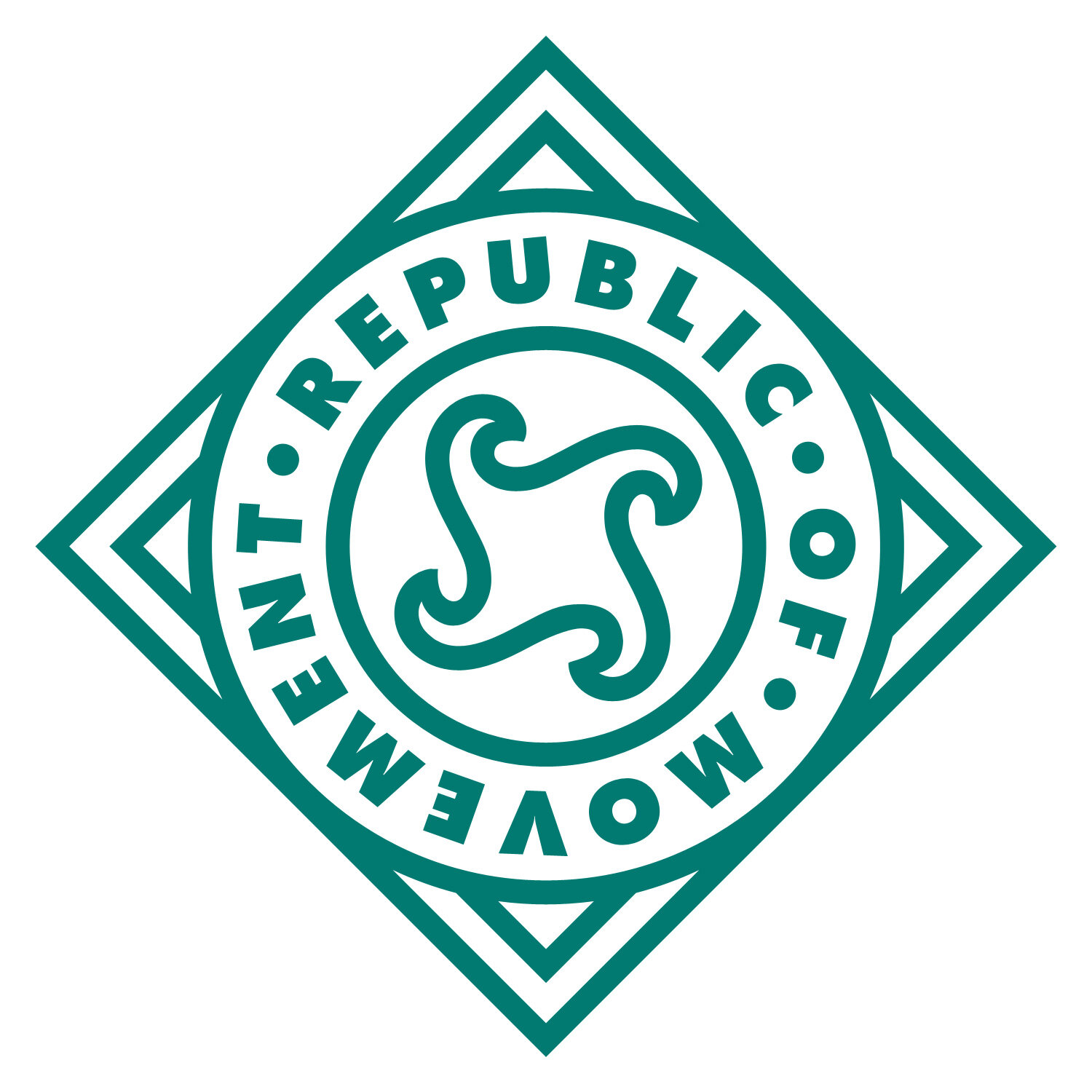Lessons learned under Ido Portal
When I first saw Ido’s Self-Dominance video and his subsequent blog, it represented the first expression of a method and a philosophy that I really admired, that I could commit to. I was an object in orbit, and this video collided into me and pushed me into a different trajectory than I ever could have expected. And as Ido shared more and more of his material and philosophy, I found the direction I wanted to move in. When I was able to pull my resources together, I asked Ido to take me on as a student. My original goals were handstand & very basic bodyweight strength; but as I moved past those goals, what happened was a much deeper change, not just in body but in mind, attitude, and philosophy.
A different approach
I admire logic. And Ido’s approach was hyper-logical. Every tool and idea he shared seemed to have been so refined, to be the result of so much attention to detail.The first example I saw was Ido’s idea of closed system flow & transitional elements. He had looked at the same thing that everybody else saw, but pulled a method out from it. He took what seemed impossible to structure due to its organic nature (flow), and developed a method to approach it in a way that blended structure with the organic. Some other methods attempt to find flow, but they end up looking very robotic instead of fluid and organic.Another example is his famous Isolation-Integration-Improvisation model. This is probably the basic process underlying the development of all high level improvisation. With a few simple words, Ido created a powerful heuristic tool for analyzing and developing a process that moved towards improvisation. For myself, the ramifications were clear: I’d spent too much of my life playing with improvisation, never having built up the isolated components or working on the integrated pieces.From exposure to Ido and his philisophy, I’ve internalized so many lessons. Here are some of the most relevant ones for me.
Lessons learned
“It’s not for me"
By far, the most important lesson I’ve learned was to identify the cognitive bias of “It’s not for me”. It’s a knee-jerk reaction we have that occurs so quickly we don’t notice that we’ve written off something on a false basis. There is nothing “for” or “not for” anyone.If I maintained preconceptions of what is for me, I never would have tried pantomime (“I don't rehearse my movements; it’s not for me"). I never would have watched a dance performance ("I don’t like theatrical performances; it’s not for me"). I never would have tried to memorize poetry ("I have a bad memory; it’s not for me”).There are so many cases of things that I would never have done, worlds I never would have explored, if I didn’t recognize myself saying “It’s not for me”, and then change course.
Know your dogmas
In an interview with Brian Rose, Ido talked about dogmas, about their ubiquity, their limitations, their value. In doing that, Ido gave a word to such a powerful idea. “Dogmas". With that word, you allow yourself to find structure in chaos.In a way, the dogma is a way to acknowledge that all things are relative or subservient to higher goals. When you identify your highest goal, you can ask yourself whether your other values are subservient to it, or whether they take away from it. And it IS a zero-sum game.I thought, at first, my dogma would be movement. It’s not. My primary dogma is meaning & understanding. And a sub-dogma to that is mind-body, the collective emergent phenomenon of having both a brain and a body. And it is for that sub-dogma that all my movement-related research exists for. To push that mind-body. At times, it looks like learning a new skill. But at another time, I’m listening to the same Tchaikovsky piece for a week to create a physical awareness of each element of music.It’s simply the result of purely logical thought to come up with the conclusion that all your values exist in a hierarchy. But why hadn’t it been acknowledged before?
If you find a good teacher, learn (no matter what) from them
This is how I ended up on the roster for a pantomime performance in June. For fun, I took Aylin to a clown workshop for her birthday. We were so impressed with the teacher, that we knew we would love to learn more from her. It didn’t matter what. It didn’t even end up being clown that we learned from her. Instead, she offered to teach us the art of pantomime. Now we’re preparing our pantomime acts for a performance piece one month away.Every time I come across a good teacher, Ido’s words remind me to learn from them.
"The devil is in the details"
In retrospect, the first draw to Ido’s work was a recognition of the attention to detail he showed in every small element. Everything was intentional, there were no accidents.Attention to detail is demanding. But if you start your effort before the movement starts, and end this effort only after the movement ends, it will look very different than if you start and end them simultaneously. The former will look beautiful; the latter, sloppy.Another detail Ido focuses on with great result is clear criteria for a quality repetition of a movement. He’s called it the "pregnancy principle". It either is, or it isn’t a successful rep. Again coming from a purely logical approach, if you have clear criteria, you can guarantee yourself progress. If you don’t have clear criteria, you’re allowing more variability in your efforts over time, and can’t be sure you are gradually applying overload.
Movement research
The process has taught me how to learn. I’ve exposed myself to so many new opportunities (movement projects): ballet, trampoline, pantomime, modern dance. I’ve been able to travel to workshops and integrate new material into my practice. I’ve even begun to synthesize material (not create: “There’s nothing new under the sun”). Sometimes it doesn’t even look like movement: in pursuit of a kinesthetic understanding of music, I’m listening to the same Tchaikovsky piece every day (until I can feel timbre, dynamics, melody, harmony, etc).In a way, this is the most rewarding change. I can really “choose my own adventure”. If I see something I like, I’m not afraid to approach it and try to learn from it. I no longer listen to the “it’s not for me” banshee sitting on my back.

